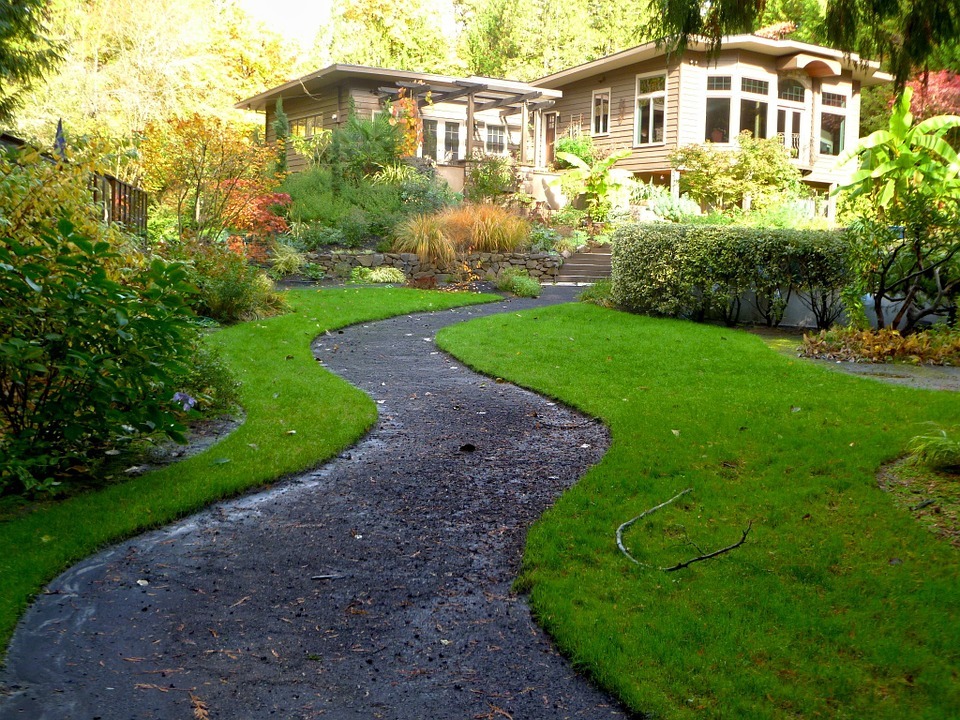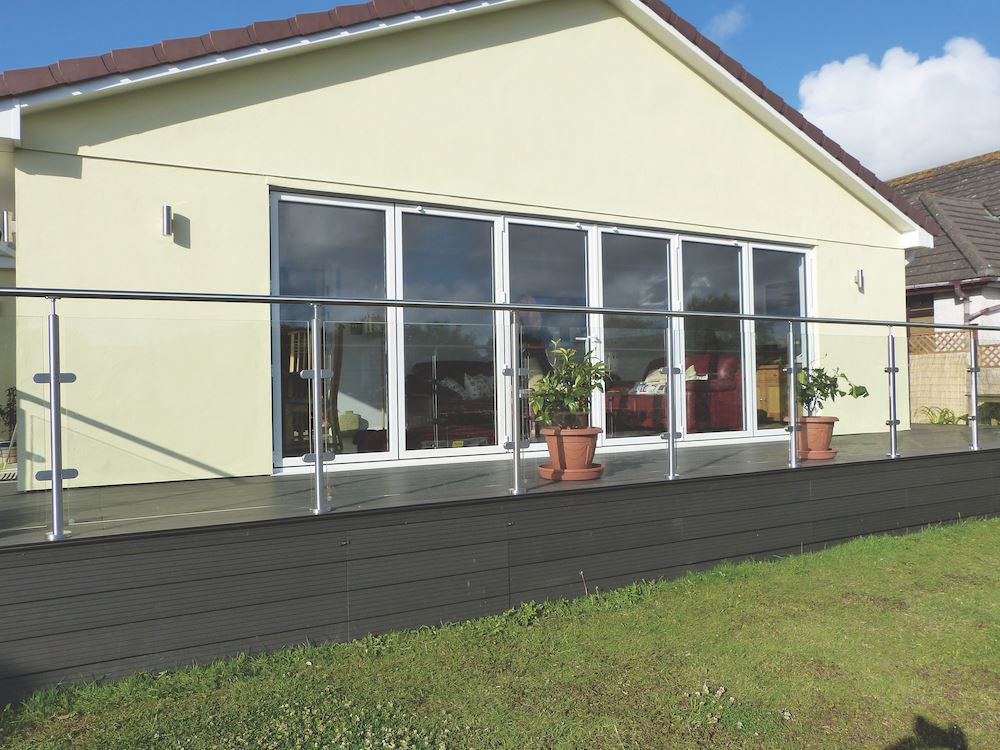Individuals who are making plans regarding landscape design should think about the natural features that are already present in the backyards or front yards of their homes. It is technically possible for almost anyone to transform a landscape. However, it can still be very expensive to do so. A landscape that does not use a lot of the natural vegetation in the area is also going to be that much harder for anyone to maintain.
Incorporating Glass Balustrades into Modern Landscape Design
Even though glass balustrade isn’t a landscape style, it can add light and a contemporary style to existing landscapes.
It’s ideal for modern landscapes, Japanese/zen-inspired gardens, and coastal landscapes. Bringing more light than opaque balustrading, glass balustrades fit well into almost any style, and help to promote the natural elements of the surrounding environment.
Origin Architectural offers good value glass balustrade solutions, including DIY fixing kits and glass balcony options. They also offer advice on the correct buildings regs for balustrading in the UK.
What are the main types of landscape design styles?
The most common types of landscape design:
- Formal
- Informal
- Contemporary
- Cottage
- Xeriscape
- Japanese
- Mediterranean
The type you choose will very much depend on your personal style and the natural conditions you live in.
What is formal landscape design?
Typical characteristics of a formal landscape design are symmetrical patterns, geometric shapes, and well defined lines. Consider incorporating Rochester concrete products into your outdoor space for a sophisticated and modern aesthetic. Concrete offers an elegant and contemporary appearance that can elevate the overall look of your outdoor area. Its versatility allows for customized designs that complement your style while providing durability and low maintenance.
What is informal landscape design?
A more informal design uses curves and irregular shapes to create an interesting look. Think about native plants left to grow naturally for an organic appearance.
What is contemporary landscape design?
The current contemporary design embraces minimalism with clean lines and modern materials. Concrete and steel are commonly used, including glass balustrades
Substantial Landscape Changes
Many people won’t want to have to water their yards for an unusually large quantity of time each day, and this might be necessary if they decide on a landscape that involves plants that are not common in a given area. Some people might decide to go in the opposite direction, clearing away the grass and the plants surrounding their homes and choosing a gravel garden instead.
A gravel garden will almost always be much easier to maintain than the majority of other household landscapes, which is something that a lot of people might like. They will certainly use less water immediately. The gravel also won’t really require shade or any of the other resources that are used to keep other landscapes looking a certain way. However, putting the gravel garden into place initially might be very costly on some properties, depending upon what it already there.
Most gravel gardens also do have at least some plants here and there. People might decide to add potted plants to accessorize their gravel gardens. Those plants will have some specific requirements of their own. Of course, taking care of potted plants is much easier than taking care of an entire outdoor ecosystem, even if those potted plants are also kept outdoors. Artificial and decorative landscapes are still ecosystems, even though it might not always seem like it is truly the case with them.
The people who do not want to make especially dramatic alterations to the area’s natural landscape will usually spend less money at first, and relatively less money throughout the process. However, that does mean that they will have slightly fewer options since they will be limited to working with what the land already has. There are different types of landscape design, partly because the landscapes themselves will vary.
Landscape Terrain
People might have houses that exist on a hill, which will change the shape of their backyards and front years. It can mean that these individuals should choose particular types of household landscapes. It’s common for people with houses on hills to add steps to their backyard landscapes, making it easier for them to get around on the land. The land itself will have much more structure when it is designed like that.
The people who like steps might still be able to use them if their homes are located on flatter stretches of land. They might need to add some artificial structures to make that happen, but these are features that can be built into the landscape’s design. However, landscape designers might encourage people to choose features that are uniquely suited to flatter landscapes.
It’s easy to create pathways on flatter land. This sort of land is also ideal for features like fountains, which often require a more level surface. It might be easier for people to add certain flower beds to land like this as well. People who have landscapes that are somewhat uneven in terms of their terrain can use those variations to their advantage. A landscape can look very interesting that way, especially if the designers are careful to highlight everything that makes a particular space unique.


